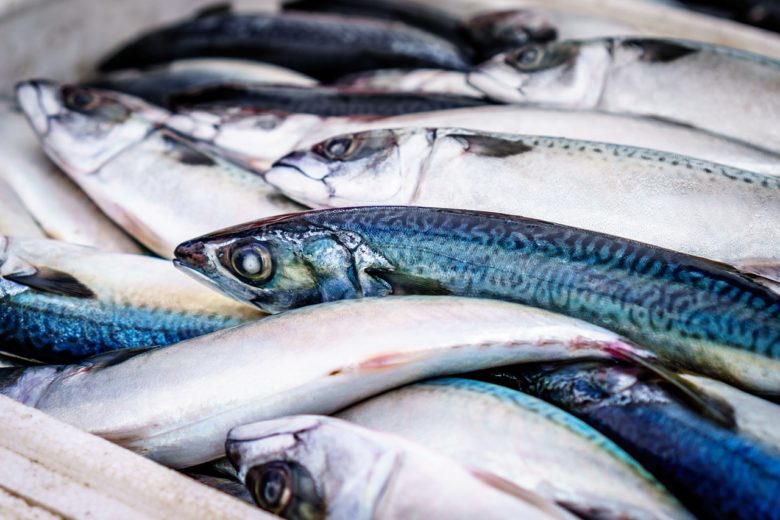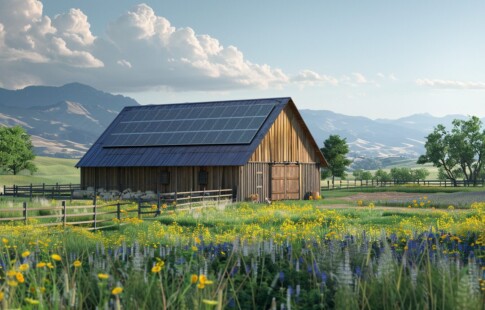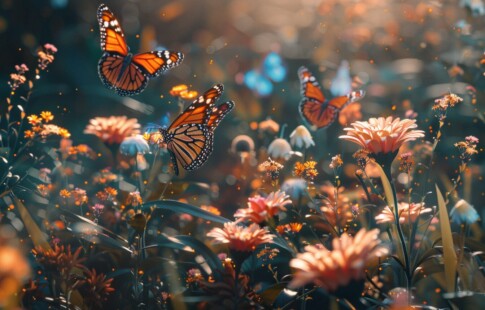
What’s the Outlook for Sustainable Seafood in 2024?
We are reader-supported. When you buy through links on our site, we may earn affiliate commission.
The seafood sector is a $5.58 billion industry — just in the United States alone. Every year, this number steadily increases as the number of seafood fanatics begins to rise. But while there’s nothing wrong with indulging in a delicious piece of salmon every now and again, the question remains — what will become of sustainable seafood in 2024 as the desire for these delightful delicacies becomes too high?
While it’s no secret that fish is a tasty entrée, our access to seafood is limited. What happens when a resource is restricted? We must find ways to make it sustainable, of course!
Unlike plants that offer seeds we can harvest while anticipating a fresh new crop every season, fish provides a unique set of complications. There’s no magical seed to toss into the ocean to produce higher levels of this edible delight, so the issue begins to arise — how will we create more seafood?
The Importance of Sustainable Seafood in 2024
Fish is a wonderful source of protein, and it’s chock-full of feel-good benefits, too — which makes it a top choice for health fanatics and everyday foodies alike. Seafood may just be among the healthiest food options in the world — which explains its incredibly high demand.
While the population of humans who eat this tasty treat steadily grows, the availability of potential seafood in the ocean is on the decline — which is what makes sustainability so significant in the seafood industry. If we want to continue to enjoy eating seafood while receiving our essential daily health benefits, we must adapt to more sustainable practices in the process.
The goal is to have enough fish to feed the world even in 2080. With these new sustainable seafood practices in 2024, the promise of leaving seafood for future generations isn’t just a hope — it’s a reality.
Let’s look at the top four sustainable seafood trends in 2024, which will also help provide a more sustainable future.
1. The Rising Popularity of Fish Farms With Sustainable Actions
You can’t catch a net full of fish from the sea without replenishing the loss with a new and thriving marine population. That’s where fish farms come into play.
Including fish in one’s everyday meal isn’t a new idea — but the way we catch it has changed drastically over the past several decades. Aquaculture, also known as fish farming, is one of the fastest-growing trends in the sustainable seafood industry.
For example, Scotland hopes to grow 350,000 tons of marine fish and 21,000 tons of shellfish through aquaculture by 2030. Meanwhile, Vietnam plans to reach 7 million tons of fish in the same timeframe, growing its market value by 4.5% annually.
While it was once common to fish for seafood with a single net or reel, commercial fishing is increasing rapidly to meet the world’s growing demand for this source of protein. However, commercial fishing can be both dangerous and harmful to the environment due to unsustainable practices.
One major issue the industry must address is overfishing. Wild fish populations need time to repopulate before their availability becomes scarce and nearly nonexistent. Commercial fisheries can focus on more readily available species while giving others time to recover.
2. Eating Your Fish on Ice
While it may be enjoyable to eat a freshly caught fish plucked straight from the sea, a frozen fish has just as much flavor and protein. The good news is you don’t have to drive to the coast every time you want a delicious treat — just hit the freezer section of your local supermarket instead.
A common misconception is that a catch has to be fresh to be sustainable or nutritious, when in fact, the opposite is true. Did you know frozen seafood has a higher level of sustainability than freshly caught fish? On top of its environmental benefits, the taste level of frozen fish compared to its healthier counterparts demonstrates a catch that is just as delicious, too.
The stigma of eating fish from a can or freezer will one day be gone. Even most chefs would agree that frozen fish is just as tasty and healthy as fish straight from the sea. Plus, the added convenience and longer shelf life of these options mean longevity of use and less wastefulness in the seafood industry.
3. Insects for Feed
If we project global food needs far into the future, the question remains if there will be enough seafood to meet the rising demand for fish.
In the last few decades, fish consumption has steadily been on the rise and continues to represent higher levels of per capita fish consumption each year. In fact, reports estimate a 14% increase in global demand for fish by 2030. The primary issue is having enough feed to produce healthy seafood and support the growing population’s demands for seafood meals.
As the year kicks off, the seafood industry is likely to use more sustainable feeds. Viable alternatives, such as insects and microalgae, are replacing current feeds like fish oil or various meals composed of different wild species.
It’s important to have enough fish to feed the world and have enough food to feed the fish. More natural feeds address previous challenges posed by unsustainable feeds and produce a plethora of greater health benefits.
4. Increased Preference for Locally Caught Seafood
Although sustainable seafood focuses on the preservation of the current marine population, that doesn’t mean the industry isn’t looking to improve its impact on the environmental community at large, too.
While the greenhouse gas emissions caused by international maritime shipping currently are only a meager 2.8%, the International Maritime Organization (IMO) taking action on its environmental impact. The IMO has set a goal of reducing shipping emissions by 40% by 2030 and 70% by 2050. As the industry looks to cut emissions, one of the resulting measures could potentially be an increased cost of imported seafood.
As with any sector of the food industry, producers are continually seeking ways to reduce the environmental impact of providing our daily and fundamental basic life necessities — seafood included.
The key to enjoying your seafood with utmost satisfaction regarding health benefits and sustainability is to inform yourself about the products you consume beforehand. As the seafood industry steps into a new year, it’s essential to develop and advance the most sustainable and eco-friendly practices to ensure even future generations can have a bite of the sea, too.
The Global Appetite for Seafood Is High
2024 will bring major changes to the seafood industry — some of which are existing measures and others that are new. Regardless, the goal remains the same: Deliver a sustainable food source for the global population as the demand for seafood rises.
Original Publish Date 2/8/2018 — Updated 4/19/2024
Share on
Like what you read? Join other Environment.co readers!
Get the latest updates on our planet by subscribing to the Environment.co newsletter!
About the author
Jane Marsh
Starting from an early age, Jane Marsh loved all animals and became a budding environmentalist. Now, Jane works as the Editor-in-Chief of Environment.co where she covers topics related to climate policy, renewable energy, the food industry, and more.





